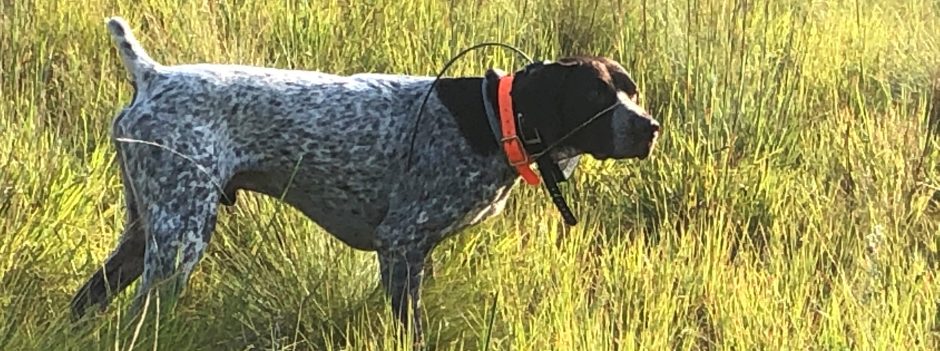Displayed below are several photographic sequences of areas on the club grounds being actively managed to restore a suitable ecosystem for our native wildlife. These images are of changes over time in the areas being managed. An important feature of this process is the re-introduction of native warm season grasses to the club property. Native warm season grasses are very drought tolerant once established and their growth pattern leaves small open spaces between the clumps of grass which provide shielded spaces for quail to forage safely for the insects and forbs that support successful nesting. The planting of blocks of annual grain crops in association with the native warm season grasses provides an abundant food source and improves the tilth of the land in preparation for future plantings of native warm season grasses.
Please click On this Link to be taken to a detailed presentation of our long term plan to create native quail habitat on the club grounds by restoring a stable native sustainable ecosystem that nourishes and promotes quail and other wildlife.
Puppy Field May 2012

Puppy Field June 2012

Puppy Field July 2012

Annuals planting block May 2012

Annuals Planting Block June 2012

Annuals planting block July 2012

Little Bluestem warm season grass May 2012

Little Bluestem warm season grass June 2012

Little Bluestem warm season grass July 2012

Mixed Big Bluestem and Switchgrass warm season grasses May 2012

Mixed Big Bluestem and Switchgrass warm season grasses June 2012

Mixed Big Bluestem and Switchgrass warm season grasses July 2012

The creek to the east of the clubhouse was one of the areas that was burned this spring. The regrowth of herbs and forbs in this area has been remarkable.

Drowning Creek watershed
Drowning Creek lies to the immediate west of the club grounds and is an important water source for the area.

Next Months Pictures appearing here soon!
